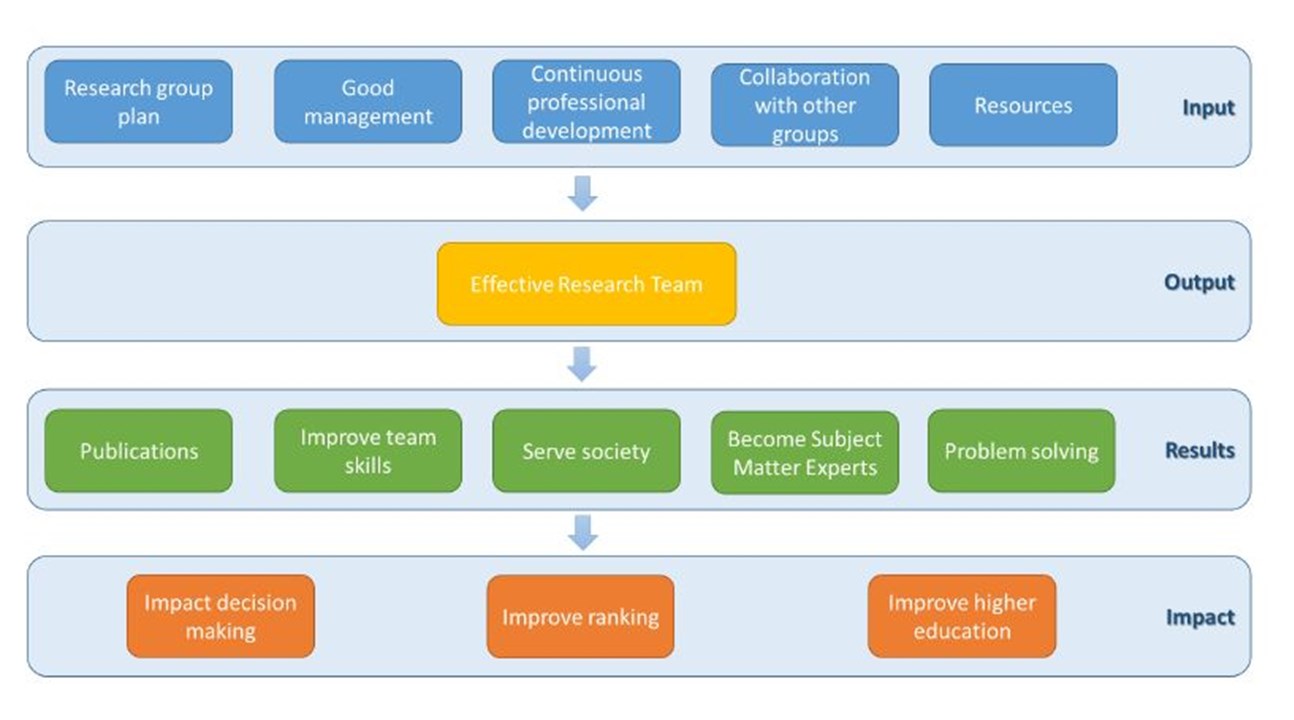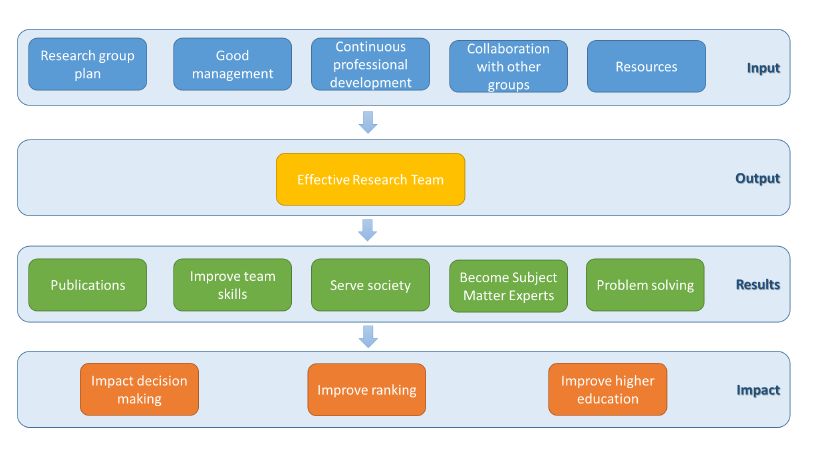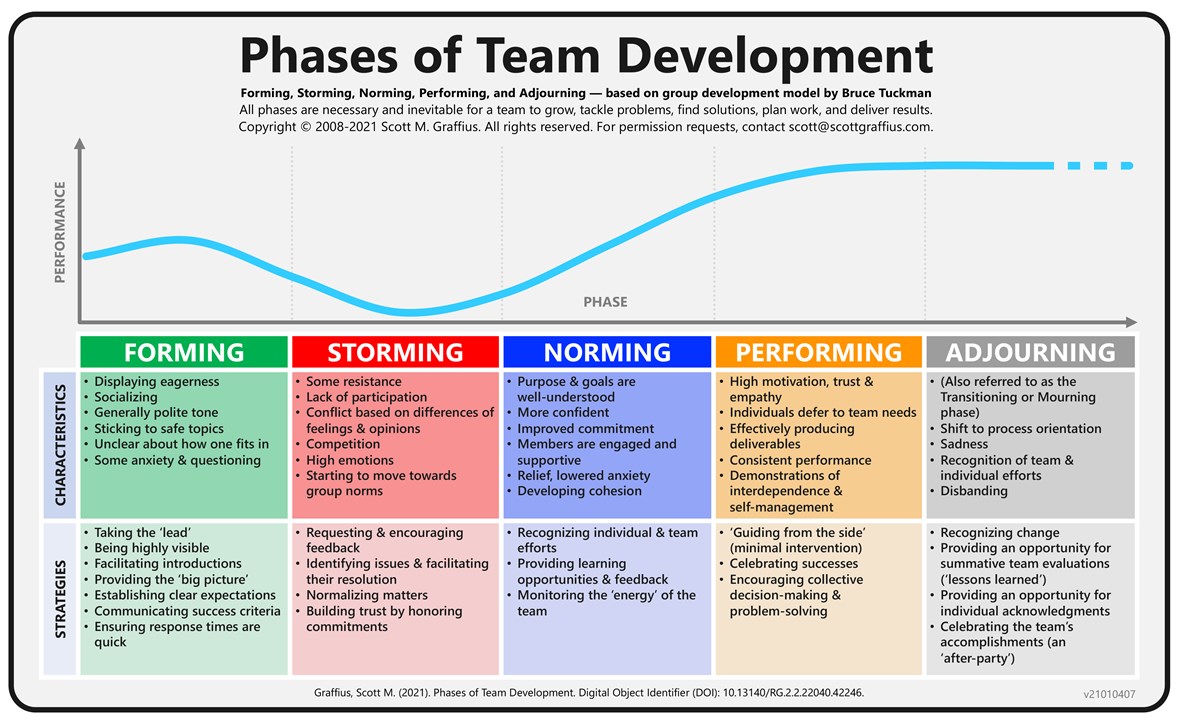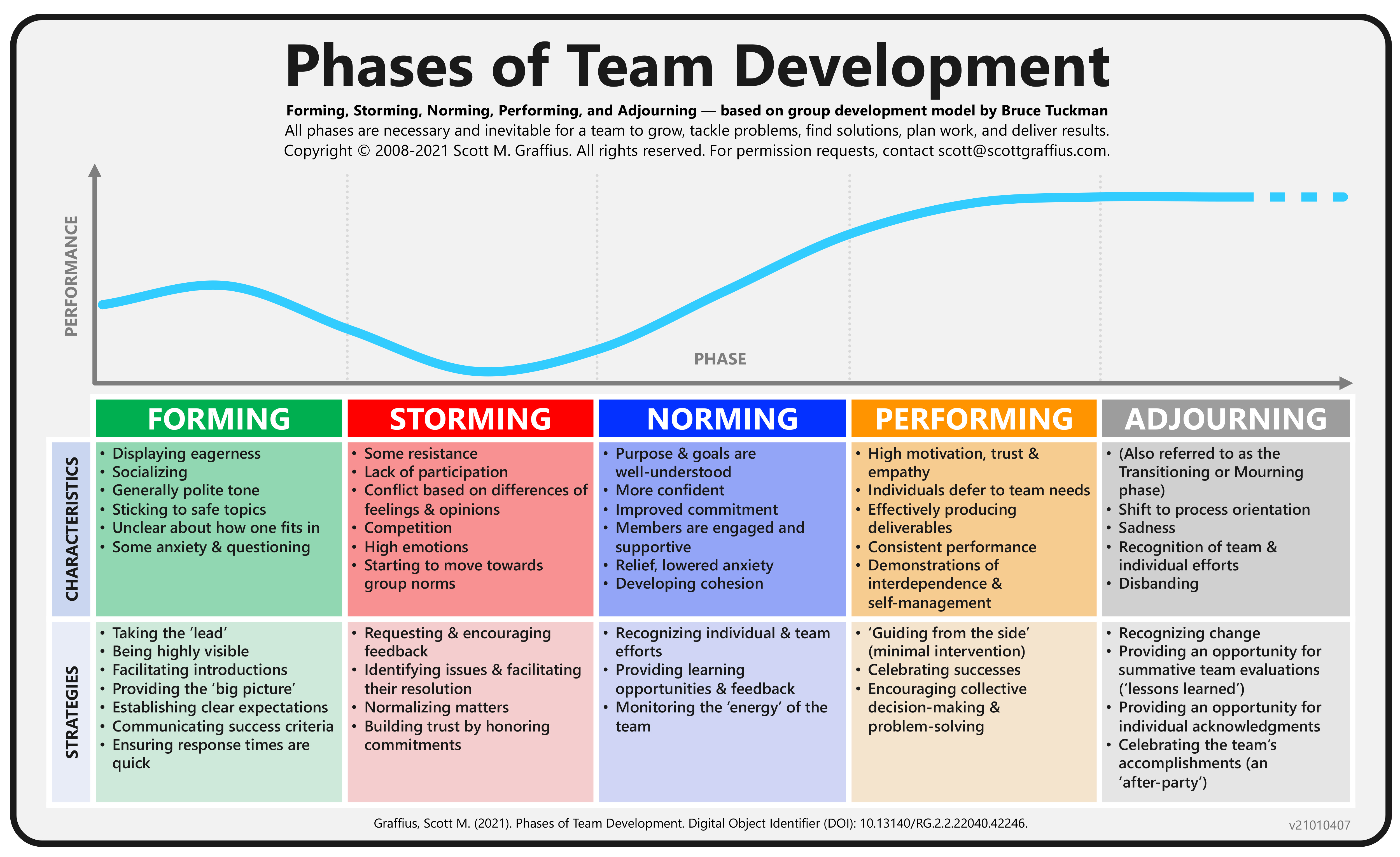Recruit & manage team
Recruit team
The key characteristic of a Research Team is that it comprises a group of people working together in a committed way towards a common research goal. Typically, the Team is led by a Principal Investigator (PI) or Co-Principal Investigators who is/are responsible for recruiting the members of the Team and for all aspects of the project. Issues to keep in mind: 1) Assessing the balance and composition of your team and 2) research team diversity. Ideally, the balance and composition of the team in terms of skills, expertise and other contributions will be appropriate to achieve the team's objectives.
Team members traditionally include:
- Professor(s)
- Postdoctoral Fellows
- PhD candidates
- Scientific/Technical Staff
- Other established scientists, internal and external to APH
Increasingly, research teams also include non-scientific expertise such as practitioners (i.e., scientist-practitioners), experts of experience, patients/clients, or citizen-scientists. Often, such participatory research teams not only have scientific but also societal goals.


Plan
- Commitment to the project by each potential member should be secured as early in the process as possible. Committing to a project means an individual has both the interest and the capacity to engage in the project. Likewise, the resources and opportunities that will be made available to the individual should be committed as soon as practical. Examples include salary support, access to data, equipment and supplies, as well as opportunities to participate in authorship or intellectual property development.
- By law, supervisors have responsibilities related to the health and safety of the faculty, staff and students in the lab, including documenting training, emergency preparedness, hazard communication and accident reporting.
- Transparency regarding roles, responsibilities, and ownership is important for any team but demands extra attention in participatory research. Familiarize yourself with the frameworks that exist for your field of study for supporting stakeholder and public involvement in research (see links below for suggested sources).
Managing your team
Your responsibilities as a manager of the group
- to make sure everyone is aware of their role and responsibilities
- establish, agree and communicate standards of performance and behavior
- establish style, culture, approach of the group - soft skill elements
- monitor and maintain an ethos of common responsibility for adherence to the principles of good scientific conduct and focus on objectives
- anticipate and resolve conflicts that are secondary to the primary academic objectives (e.g., rivalry, distrust, disrespect).
- assess and change as necessary the balance and composition of the group
- develop team-working, cooperation, morale and team-spirit
- develop the collective maturity and capability of the group - progressively increase group freedom and authority
- encourage the team towards objectives and aims - motivate the group and provide a collective sense of purpose
- identify, develop and agree team- and project-leadership roles within group
- enable, facilitate and ensure effective internal and external group communications
- identify and meet group training needs
- give feedback to the group on overall progress; consult with, and seek feedback and input from the group.


Graffius, Scott M. (2021), Phases of Team Development Digital Object Identifier (DOI): 10.13140/RG.2.2.22040.42246 - Image used with permission of owner. Copyright © 2008-2021 Scott M. Graffius. All rights reserved.
Team roles and development
Teams, like individuals and organizations, mature and develop and have a fairly clearly defined growth cycle. Bruce Tuckman's 1977 five-stage model explains this cycle. It may be helpful to reflect on your team's current stage of development in order to identify relevant approaches to leadership and management.
In addition to understanding the development of your team over time, having an understanding of the preferred ‘team roles', the characteristics and expected social behavior, of individual team members, including the team leader, will help ensure that the team performs effectively together. Tools exist for discussing roles in participatory research teams. Furthermore, team roles may be reviewed and discussed with reference to taxonomies of authorship contributions, such as CasRAI.
References: